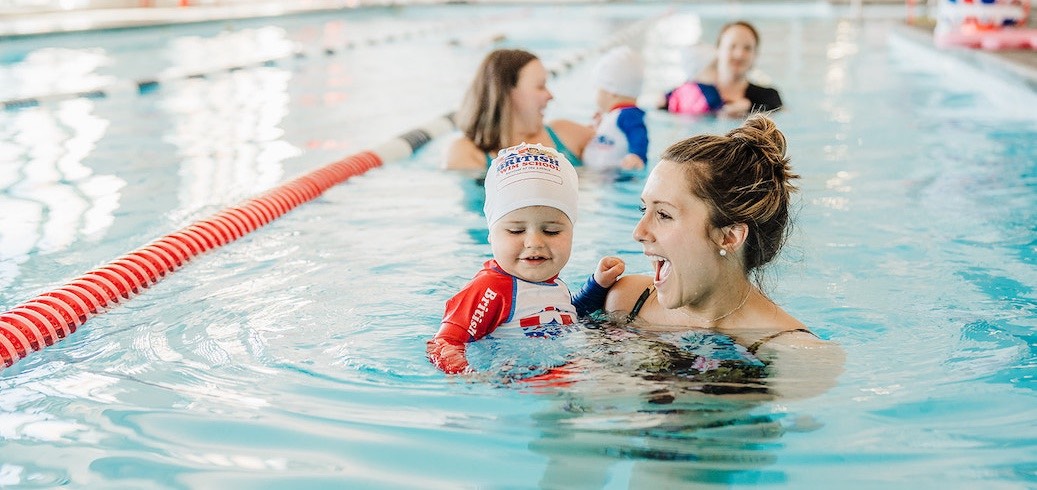Water Safety Tips for Families

At British Swim School, we are dedicated to teaching water survival skills and aim to protect families from drowning and near-drowning accidents through education and water safety awareness. Continue reading for water safety and drowning prevention tips!
Did You Know?
- Drownings or near-drownings can happen to anyone.
- Most drownings are silent.
- Drowning can occur in less than 20 seconds.
- Drowning is the number one cause of accidental death for children between the ages of 1 – 4. (Center for Disease Control)
- A child can drown in less than one inch of water. (Center for Disease Control)
- Of all preschoolers who drown, 70% are in the care of one or both parents at the time of drowning and 75% are missing from sight for five minutes or less. (Orange County, CA Fire Authority)
- The Red Cross reports that only 56% of adults who say they can swim are able to perform the five critical water safety skills.
- According to 2019 American Academy of Pediatrics data, most children over the age of 1 may be at a lower risk of drowning if they have had some formal swimming instruction.
Safety Tips
- Formal swim lessons between ages 1 and 4 help reduce the risk of drowning by 88%.
- Caregivers should know how to swim and know CPR.
- Install self-closing/self-latching gates and childproof locks.
- Complete four-sided isolation fencing should prevent 50-90% of child-related drowning events.
- Supervision without distractions is one of the keys to helping prevent drowning. Assign an appropriate Water Watcher when around or near water.
- Wear a life jacket around open water, even if you know how to swim.
Recommended Prevention Tips
- Learn and practice lifesaving skills. Know the basics of swimming (floating, moving through water), CPR and First Aid.
- When children are swimming, there should always be a Water Watcher on duty, an adult whose only job is to
watch the pool. No talking on the phone, playing cards, or reading a book!
- Make sure a phone is charged and available in case of an emergency.
- Install a four-sided isolation fence with self-closing and self-latching gates around backyard swimming pools.
- Install a pool alarm.
- If a child goes missing in or around the house, even in cold weather, always check the pool first.
- Never leave water in buckets, wading pools, or inflatable pools.
- Avoid inflatable swimming aids such as “floaties”; they are not a substitute for approved life vests and often give children and parents a false sense of security.
- Swim lessons should not be seen as “drown proofing” but they do help.
- Know the signs of drowning for yourself and others.
- If you are getting into difficulties in the water, rest by floating.
